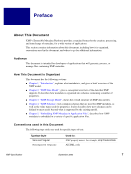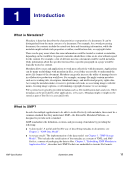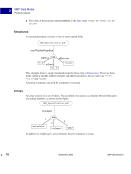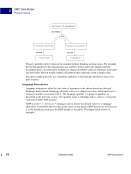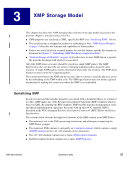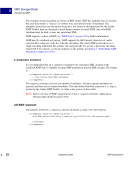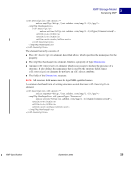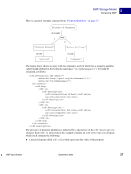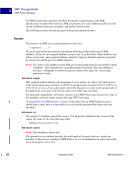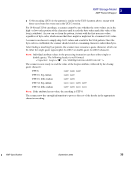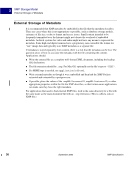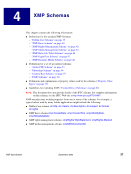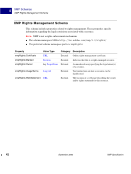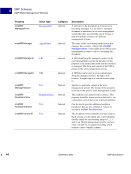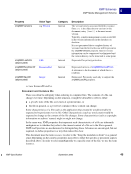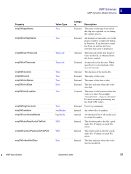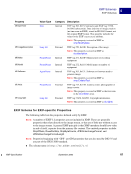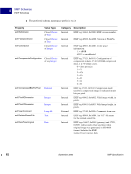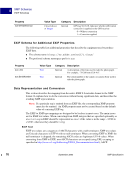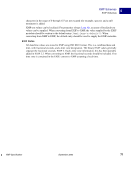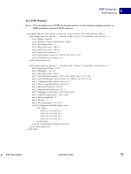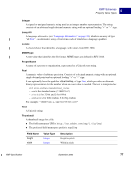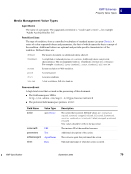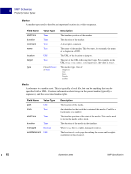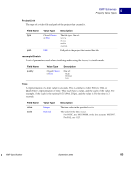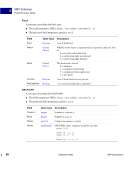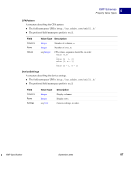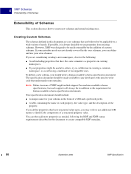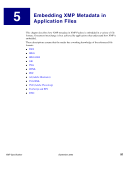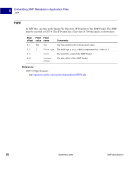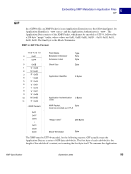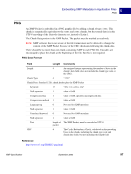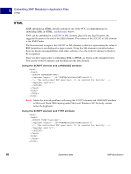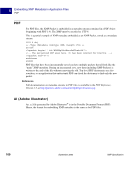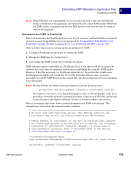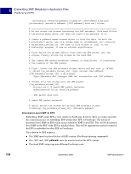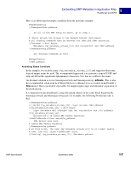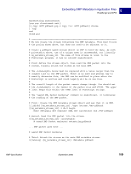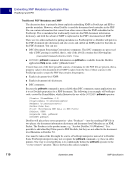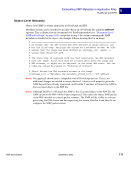XMP Specification September 2005 31 XMP Storage Model XMP Packet Wrapper 3 XMP Packet Wrapper The XMP Packet wrapper can enable the use of embedded XMP by software that does not understand the format of the file. The packet wrapper is not the sole aspect of embedding XMP in a file. The entire XMP packet must still be placed in the file as an appropriate component of the file’s structure. XMP Packets: ● may be embedded in a wide variety of binary and text formats, including native XML files. ● are delimited by easy-to-scan markers. Such markers are XML syntax-compatible to allow transmission to an XML parser without additional filtering. ● deal with arbitrary positioning within a byte stream (so as not to rely on machine word boundaries, and so on). ● enable in-place editing of metadata. ● allow multiple packets to be embedded in a single data file. Chapter 5, “Embedding XMP Metadata in Application Files”, gives information on how XMP Packets are embedded in specific file formats. Applications may also scan files for XMP Packets without knowledge of the file format itself, although this should be regarded as a last resort (see “Scanning Files for XMP Packets” on page 34). The following figure shows a schematic of an XMP Packet. It contains a header, XML data, padding, and a trailer. Here is an outline of an XMP Packet, showing the text of the header and trailer: ?xpacket begin="■" id="W5M0MpCehiHzreSzNTczkc9d"? ... the serialized XMP as described above: ... x:xmpmeta xmlns:x="adobe:ns:meta/" rdf:RDF xmlns:rdf= ... ... /rdf:RDF /x:xmpmeta ... XML whitespace as padding ... ?xpacket end="w"? Where ‘■’ represents the Unicode “zero width non-breaking space character” (U+FEFF) used as a byte-order marker. Header Serialized XMP Padding Trailer
Purchased from Demo (abedemo.tizrapublisher.com) for the exclusive use of unknown. © 2025 Demo. Please report unauthorized use to pirate@tizra.com







